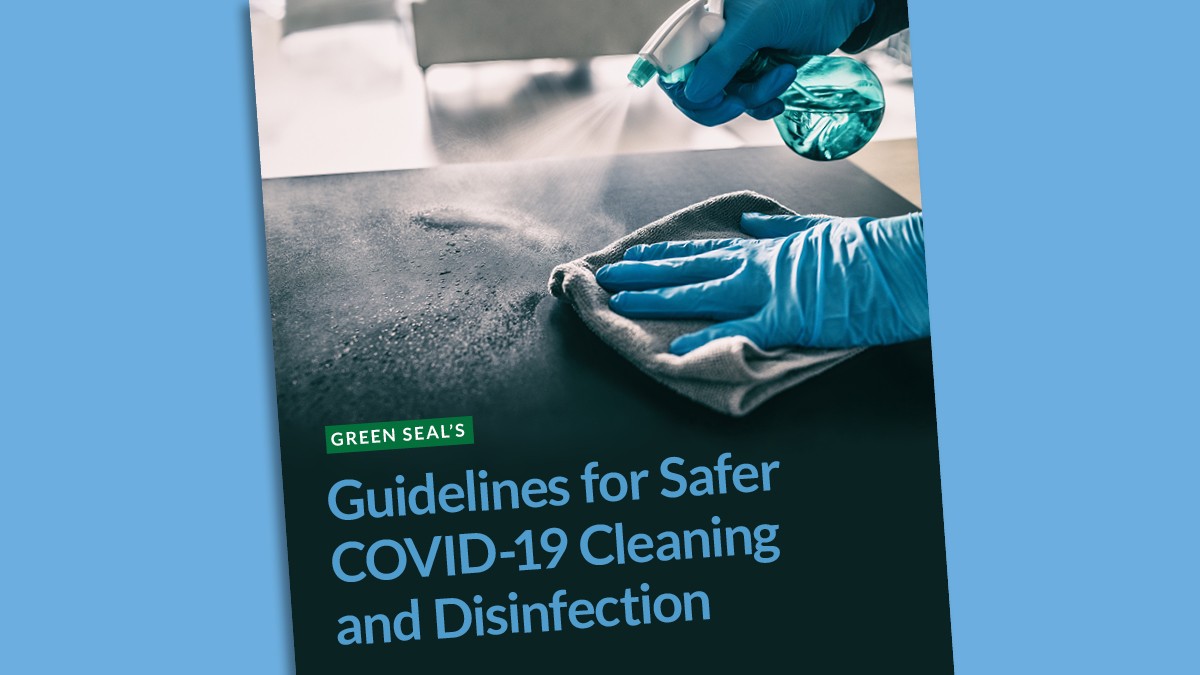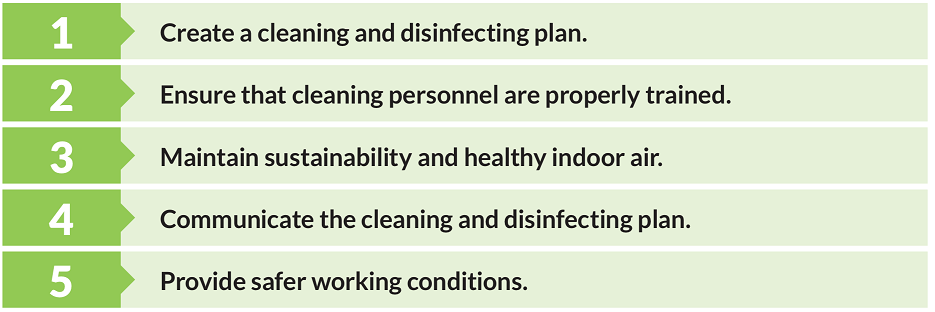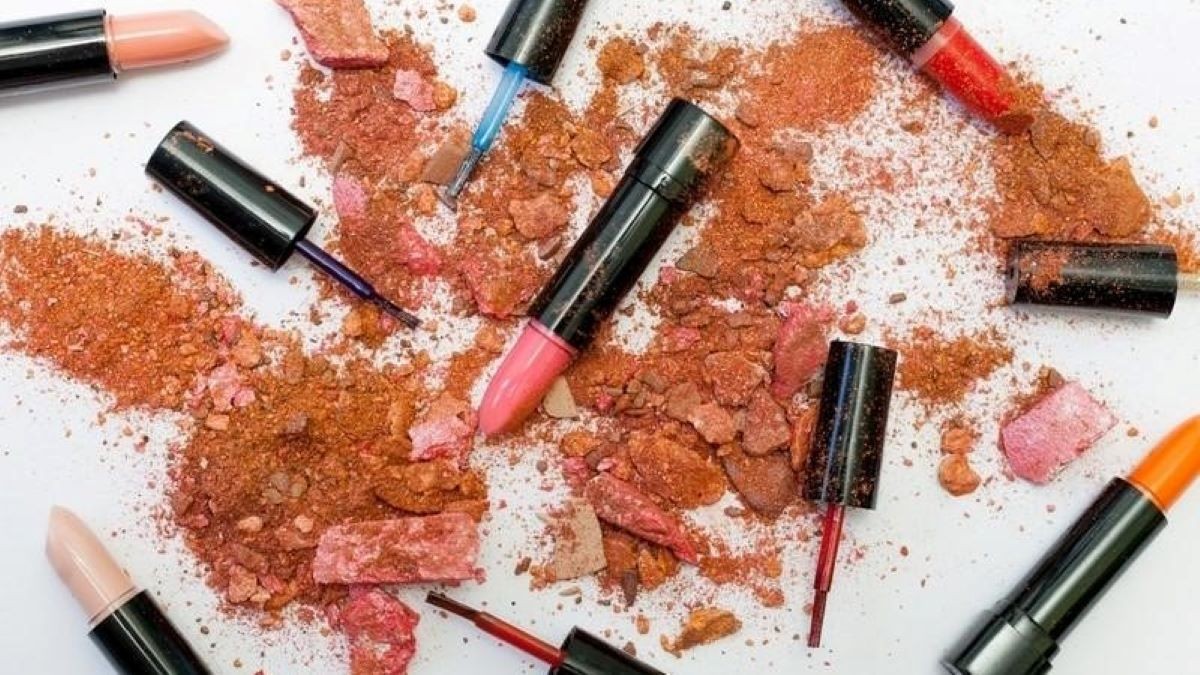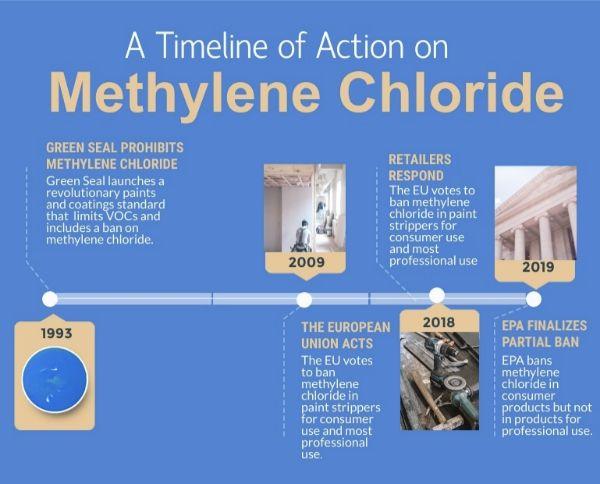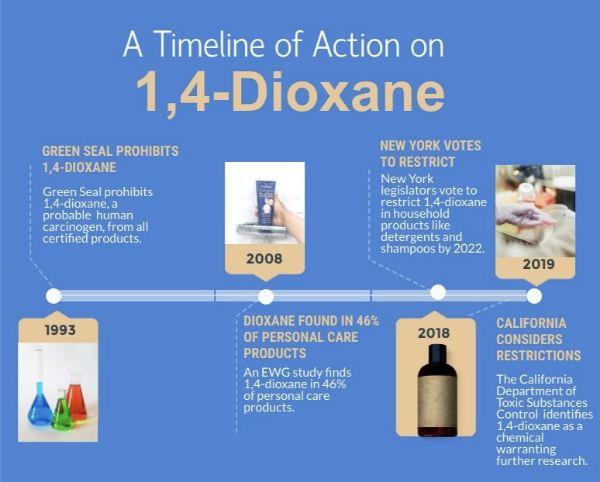A startling new analysis from BlueGreen Alliance and Clearya on inaccuracies in Safety Data Sheets (SDSs) drives home the value of third-party certification of products to validate health and safety attributes.
The Occupational Safety and Health Administration (OSHA) requires that chemical manufacturers, distributors, or importers provide SDSs to their downstream users for every hazardous chemical. SDSs communicate the properties of the chemical; the physical, health, and environmental hazards of the substances; and any safety precautions that should be taken when handling, storing, or transporting the chemical.
The report’s preliminary findings showed that 30-percent of the initial set of 650-plus SDSs included inaccurate chemical hazard warnings. For example, the analysis found that of the 512 SDSs where carcinogenic (cancer-causing) substances were present, 15-percent did not report carcinogenicity in the Hazards Identification section of the Safety Data Sheet. The analysis also found that 21-percent of the 372 SDSs containing chemicals that cause reproductive harm in humans, including harming fertility or fetal development, failed to include warnings for reproductive toxicity. Additionally, 13-percent of the 278 SDSs with substances of specific target organ toxicity were missing or had inaccurate hazard warnings.
Federal Regulations Lag
While federal regulations are essential for protecting health and safety, they have not kept up with the industry. When OSHA was established in 1970, the agency’s mandate included protecting workers by restricting the use of hazardous chemicals. Over the past 50 years, OSHA has set standards restricting workplace exposures to only 31 chemicals, but there are more than 45,000 chemicals being used in the United States today. The two most recent chemical standards—silica and beryllium—each took 19 years from announcement to implementation.
Green Seal Certification Provides Confidence
To verify that products are optimized for health, Green Seal collects confidential ingredient details and inventories from both manufacturers and their raw material suppliers. Green Seal screens and analyzes all chemicals present in the formula at levels equal to or higher than 100 parts per million, including inert chemicals, impurities, and residual chemicals that are not intentionally added to the product.
Green Seal comprehensively prohibits hazardous chemicals in certified products, regardless of the chemical’s federal designation. We review 100-percent of a product’s formula and consult dozens of authoritative lists of toxins from leading authoritative bodies, including the Interagency Agency for Research on Cancer (IARC) and California’s Proposition 65, to ensure certified products do not contain chemicals that are suspected or known to be harmful to human health or the environment.
Exposure to toxic chemicals is linked to a variety of health and environmental safety concerns that put people at risk. Instead of trying to find safer products based on SDSs that may be missing critical hazard details, choose Green Seal-certified products for more peace of mind. Green Seal’s third-party certification sets the benchmark for health and safety — often setting requirements that are years ahead of federal regulations — and ensures that consumers and employees have complete and verified information to make informed decisions.


